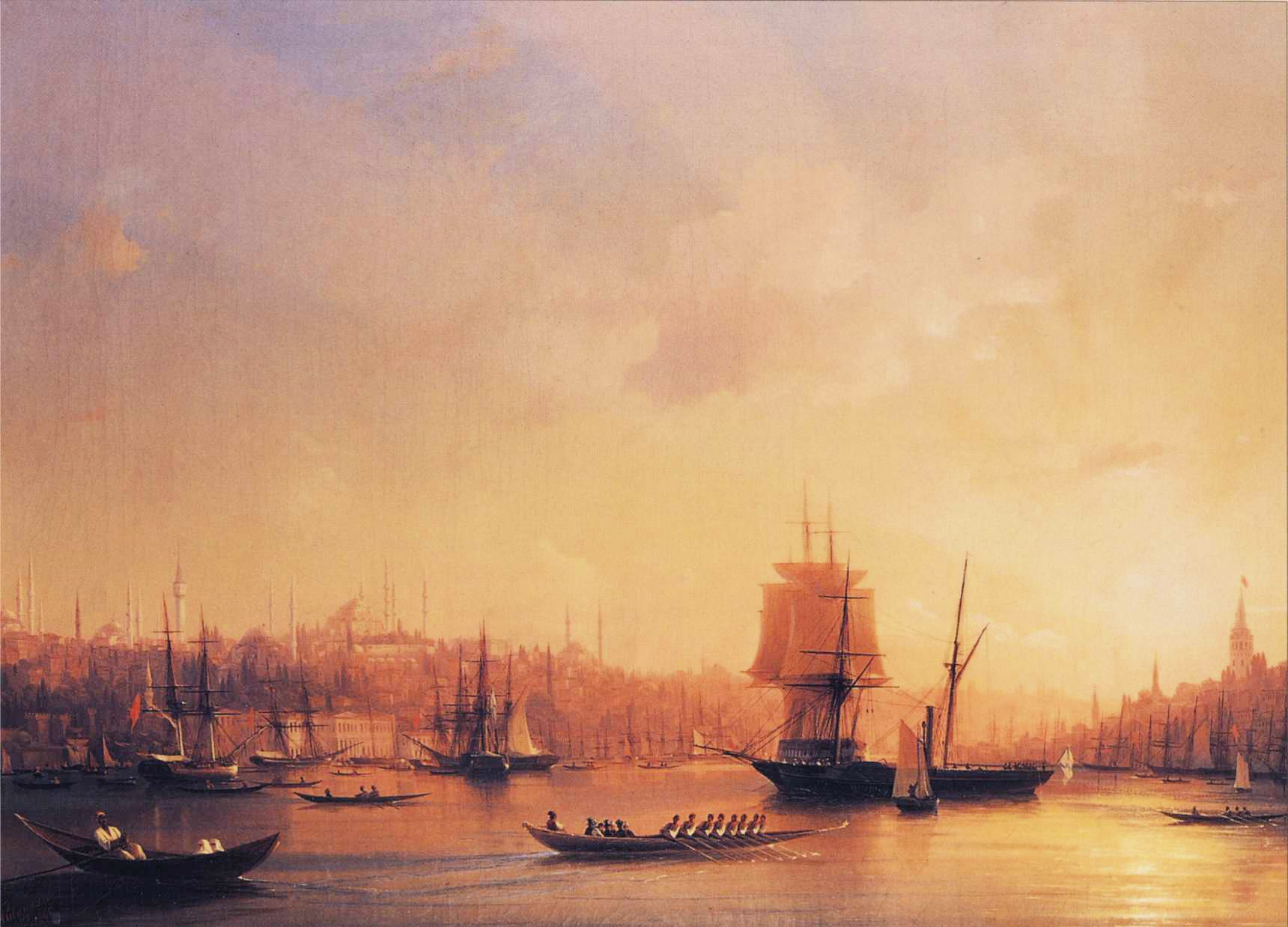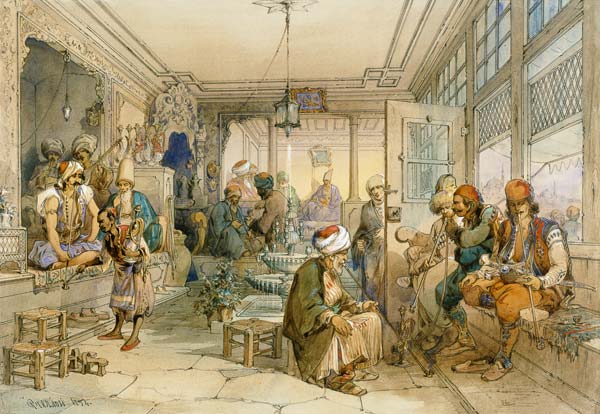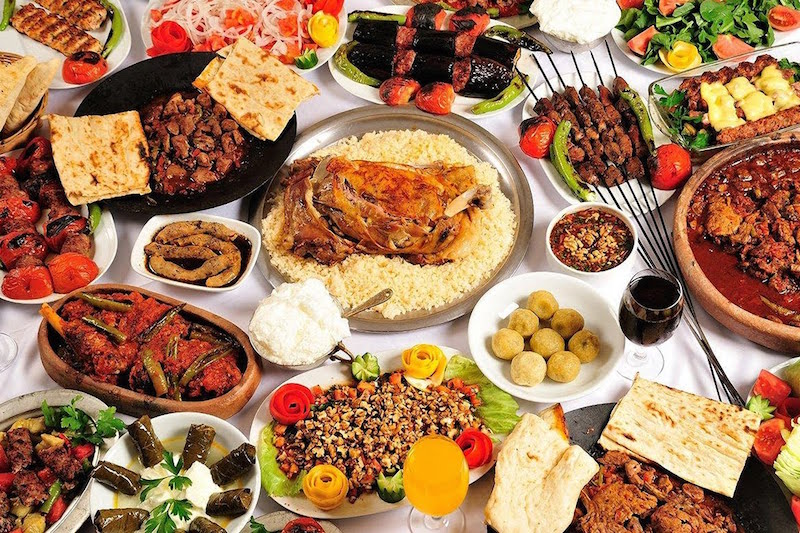Multi-published author Lynette Rees writes stories set in her native South Wales.
Hello and welcome, Lynette.
You’ve just published another novel. Could you tell us
something about it?
Yes. My latest novel is called, The Workhouse Waif. It’s the
story of a young girl called Megan Hopkins, who has to enter the workhouse
with other family members after her father dies. Once inside, the family are
all divided which is difficult for Megan to cope with, but even so, she tries
to keep an eye on the youngest members. Cook, at the workhouse, sometimes sends
Megan out to the town on errands for her. One day, Megan passes The Temperance
Hall, where she hears the most beautiful, melodious voice, she has ever heard
in her life. Little does she know she will soon encounter the lady who has ‘the
voice of an angel’. Their paths are about to cross and what happens next is
pure magic.
What led you to write about this theme?
I have a strong interest in local history. It all began around
twenty years ago when I had to help the children with school projects which
involved some research about this historic town of ours – Merthyr Tydfil. I
enjoyed the projects so much, I found myself reading more into the history of
the town, borrowing books from the library and taking photographs. St. Tydfil’s
Union Workhouse is a building I’ve always been familiar with. When it closed as
a workhouse, it later reopened as a local hospital. I was even born there! In
later years, I worked for various organisations which held meetings there and
even once worked there as a young nurse many moons ago! It’s a building I’ve often
thought about over the years.
What was the hardest part of writing this book?
The editing and revision. It’s not my favourite part of the
writing process to be honest, but a necessary evil I have to accept! I think
part of my dislike for this part of the process is because I’m so keen to see
my work in print, my impatience if you like!
And what was the most enjoyable part?
I think the most enjoyable part for me is always the first
draft. It’s then I allow my imagination to run free. Although I researched
thoroughly for this book, I’m a very character-led author in that the
characters themselves dictate the story. I rarely plot all that much.
You’ve already published a series of stories set in Wales
at the turn of the last century. What motivated you to write about this period?
The series you mention is called, ‘The Seasons of Change’. I
wrote about that particular time period from 1865 onwards because it tied in
with some of my own family history. I discovered that I was a descendant from a
wealthy family from Merthyr Tydfil – The Harmans. Many converted to Mormonism.
They preached on the streets in this town and got stoned for their efforts, but
still their faith remained strong. I was particularly inspired by William
Harman’s story. He was a pioneer Mormon who left Merthyr to travel to his
‘Zion’ – Great Salt Lake in America. A wealthy uncle who was childless, offered
to leave him all his money in his will, even though there were several other
nephews who should have been benefactors, but William said, “No. I choose Zion
and my faith.” Well words to that effect, so the other nephews eventually
received all the wealth instead.
William left behind a wife and son in Wales. His wife would
not convert to the faith. He remarried a Welsh widow in Utah and went on to
have more children. He helped build the Mormon Tabernacle Church in Great Salt
Lake (as it was known back then) and had a good living out there.
The man I’m directly descended from, Lewis Harman, my 3 x
great grandfather, forged a very different path. He was a coal miner who was
excommunicated from the religion for drunkenness. I often wonder if that hadn’t
happened, would I be a Mormon myself today? Or maybe I wouldn’t even exist!
Also, as well as the family history which forms part of the
story (fictionalised), there was a big (real life) accident in the village of
Abercanaid where I live, in 1865—a pit explosion killed 34 men and boys. It
happened just before Christmas that year, which got me thinking, what would
Christmas have been like for the villagers that year?
And so, Black Diamonds was born. There are another 3 books
in this saga series: White Roses, Blue Skies and Red Poppies. And who knows, I
might even write another!
What kind of research do you do,
and how long do you spend researching before beginning a book?
Before beginning a book of this nature, I tend to read up on
things beforehand, look at old photographs, maybe even visit the library,
examine old maps and building locations, etc., then I write and research as I
go along.
How do you choose names for your characters?
I’m very fussy about character names, they have to suit the
character themselves. Sometimes, I even change a name by the time it gets to
the final draft if I think it’s not strong enough. One of my favourite
characters in Black Diamonds is a gossipy Irish lady called, Maggie Shanklin.
She’s my favourite all-time character in any of my books! I thought the name of
Maggie sounded a bit Irish and maybe I came up with Shanklin from the Shanklin
Road in Ireland, who knows, but I thought it fitted her character well!
Although the Shanklin Road is in Northern Ireland and I see Maggie as being
Southern Irish.
Another character in this book is an Amercian man called,
Cooper Haines. I have no idea why I choose the name other than to me, the name
Cooper seemed American to me. It seems to fit his personality well too and I
could imagine him speaking in an American drawl.
You also write contemporary novels. What kind of subject
inspires you in this genre?
Now that’s an interesting question! I’ve got
ideas from my contemporary novels from all sorts of places! For example, I came
up with the idea for the plot of ‘The Honey Trap’ after reading a newspaper
article about honeytrappers! Those women who set up cheating men for their
partners to see whether they will take the bait or not!
Other places I get ideas from are countries/places I’ve visited,
even conversations, plotlines in soap operas [yes, I sometimes steal an initial
idea and make it my own, but the story is always a different one!]
If you could go somewhere for a few months to write, where in
the world would you go?
I think I’d like somewhere rural like Southern Ireland as I’ve
never been there or stay in a Wooden cabin in Scandinavia. I have been to
Sweden and loved it there but that was years ago!
Which authors do you choose to read for pleasure?
One of my favourite authors at the moment is Dilly Court. Though
this year via a reading group, I’ve also enjoyed the works of some new authors
like, Nadine Dorries and L. J. Ross.
What do you do when the inspiration falters?
Take a break from writing. I always think this recharges my
batteries and then the writing flows freely again, rather like turning off a
tap and turning it back on again.
How do you make time for writing?
Well if it means switching off the television, then I do so.
So many people make excuses when it comes to writing, but over the years I’ve
written just about anywhere and everywhere, on planes, buses, cars, doctors’
waiting rooms, cafes, etc. I’ll always make the time somehow.
What are some ways in which you promote your work? Do you find that
these add to or detract from your writing time?
I use Twitter and Facebook a lot as well as my blog -- which
automatically posts to several social media accounts at the same time. I also
find talking about my books at online forums and in real life at book signings etc.,
helps tremendously.
What projects are you working on at present?
I’m just finishing off writing a crime fiction novel. Yes, I
write that too, under the name of Lyn Harman. Then I plan to write another
historical fiction novel about the match girl strike of 1888.
If you could tell your younger writing self anything, what would it be?
Keep going, you’ll get there in the end!
How long on average does it take
you to write a book?
I must be getting faster! My last
book, The Workhouse Waif, from first draft to publication, took just two months
which has to be a record for me! Sometimes it takes six months or longer!
Thank you for interviewing me,
Beth. I’ve really enjoyed answering your questions.
Thank you for sharing your writing ideas and methods with us, Lynette.
Links:


























